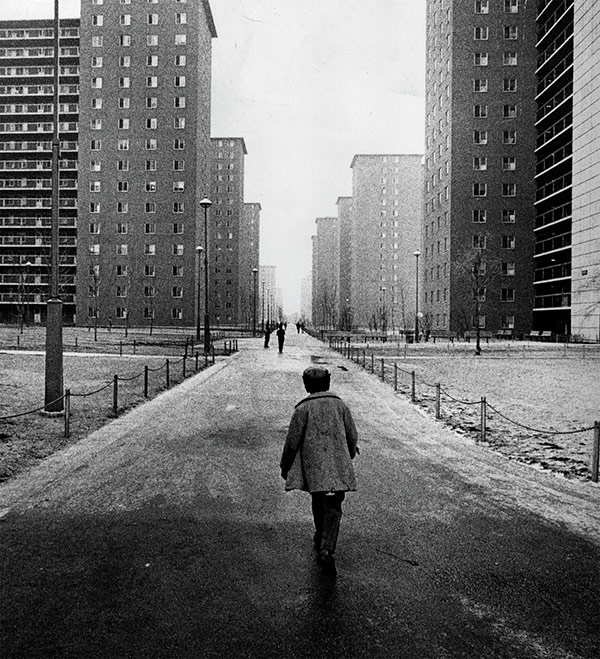This book examines the well-intentioned but misguided policy decisions that paved the road to failure for Chicago's public housing projects. When the projects were originally designed, replacing dangerous slum buildings, they were seen by some as a great solution for housing. People were on waiting lists just to be able to get into one of the buildings. But what went wrong? That's what Hunt examines here, looking at the history of public housing in Chicago.
I found this to be a really fascinating read, coming from the Chicago area. Hunt spares no detail in explaining how projects like the Robert Taylor Homes and Cabrini-Green projects were doomed to failure from the very beginning, but how administrators weren't deterred by these problems. Hunt also explains how the very high ratio of children to adults meant that there would be social disorder, which would be further exacerbated by the design of the high-rise buildings. That was something I had not learned about before, and I found it made perfect sense. The combination of multiple elements like design flaws, this unbalanced ratio, and a lack of funding would have doomed these projects even if the Chicago Housing Authority (CHA) had not been so poorly run. The CHA was, in fact, so poorly run that the federal government eventually stepped in to take care of things. The CHA is still a huge mess, even years after these tall public housing buildings have been torn down.
St. Louis' Pruitt-Igoe homes are mentioned briefly because that project suffered from some of the same issues and flaws as the Chicago projects. I did watch the DVD of The Pruitt-Igoe Myth after finishing this book, and it was a really interesting film. Comparing St. Louis and Chicago, there were a lot of differences, but many similarities. At least St. Louis had the sense to realize that Pruitt-Igoe was not working and tore the buildings down after a relatively short period of time, unlike Chicago. One detail that I kept coming back to was how large the Pruitt-Igoe housing development was, especially when the area was shown at a distance. However, these paled in comparison to the Robert Taylor Homes in Chicago, which were 28 buildings and which spanned two miles. Yes, two miles --- it felt like those buildings went on forever.
Definitely an interesting book, especially when combined with the DVD about the project in St. Louis.
 |
| Image of Robert Taylor Homes in Chicago |

No comments:
Post a Comment